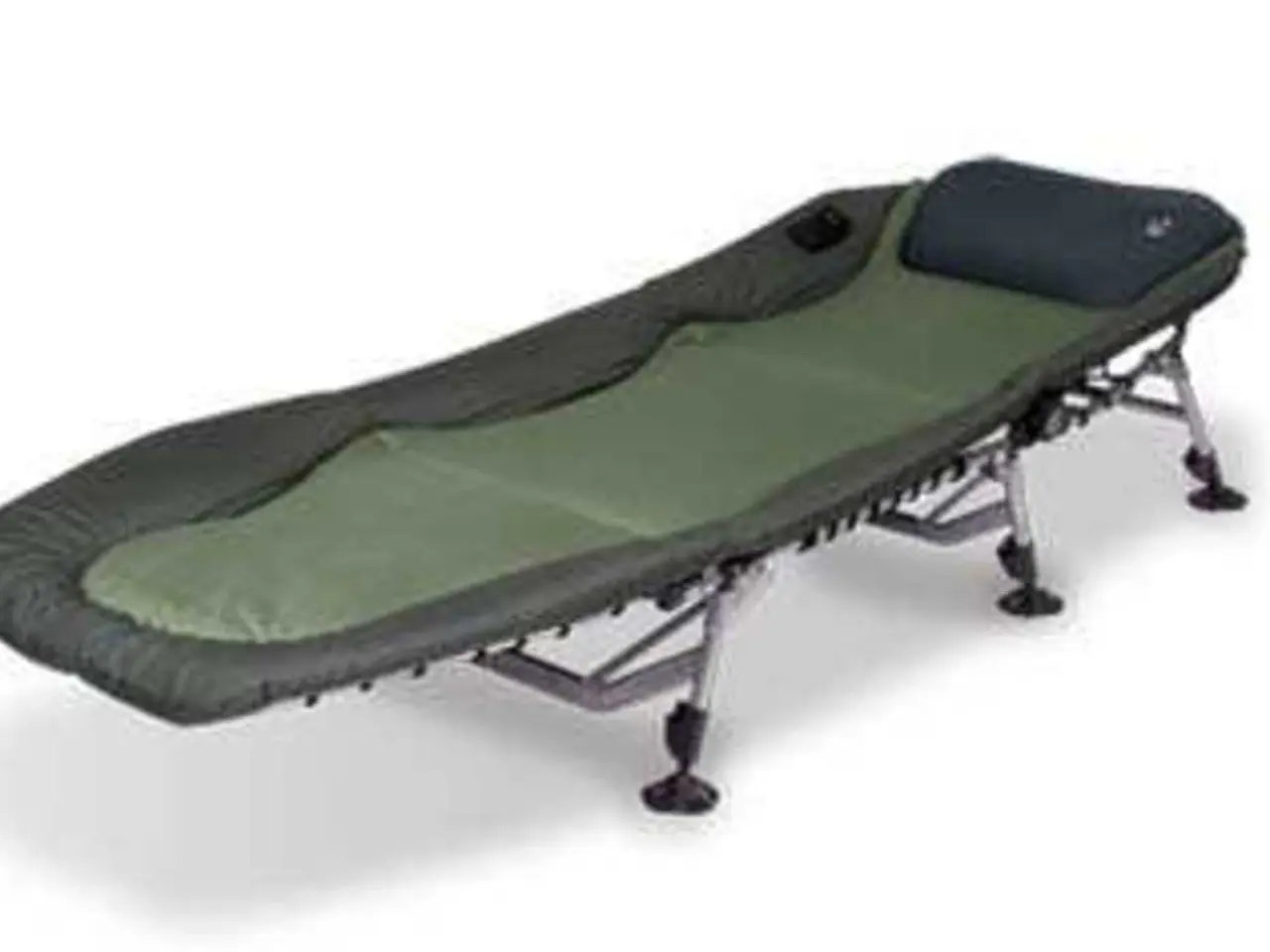Cholesterol Drug Classifications: Advantages, Drawbacks, and Potential Adverse Reactions
When it comes to managing cholesterol levels, a variety of medications are available. Here's a breakdown of the common first-line options and their potential side effects.
First-Line Cholesterol-Lowering Medications
The common first-line medications for lowering cholesterol levels primarily include statins and, more recently, inclisiran (Leqvio).
Statins
Statins are traditionally the first-line therapy. They reduce LDL cholesterol by inhibiting HMG-CoA reductase, which decreases cholesterol synthesis in the liver. High-dose statin therapy is recommended especially after acute coronary syndrome to improve outcomes and lower LDL levels substantially.
Inclisiran (Leqvio)
This newer injectable option is FDA-approved for first-line use as monotherapy alongside diet and exercise to reduce LDL cholesterol in adults with hypercholesterolemia. It is given twice a year after initial dosing and lowers LDL by about 47-50% in studies.
Other Options
Other first-line or adjunctive options include ezetimibe, which inhibits cholesterol absorption in the intestine, used either alone (if statin intolerant) or in combination with statins.
Potential Side Effects
It's important to be aware of the potential side effects of these medications:
Statins
Statins can cause muscle pain (myalgia), elevated liver enzymes, and rarely, more serious muscle injury or liver dysfunction. Most side effects are mild and manageable with dose adjustments or switching agents.
Inclisiran (Leqvio)
Common side effects include injection site reactions such as pain, redness, or rash. Joint pain and common colds have also been reported. Severe allergic reactions are rare but contraindicate use.
Ezetimibe
Side effects are generally rare but may include elevated liver enzymes, angioedema, diarrhea, and myalgia. It should not be combined with statins in patients with active liver disease.
A Summary Table for Common First-Line Lipid-Lowering Medications
| Medication | Mechanism | Typical Use | Common Side Effects | |------------------|---------------------------------|------------------------|----------------------------------------------| | Statins | HMG-CoA reductase inhibition | First-line for high LDL | Muscle pain, elevated liver enzymes | | Inclisiran (Leqvio) | PCSK9 synthesis inhibition via siRNA | First-line injectable monotherapy or add-on | Injection site pain, redness, rash, joint pain | | Ezetimibe | Cholesterol absorption inhibitor | Monotherapy/statin combo | Diarrhea, elevated liver enzymes, myalgia |
Additional Considerations
In sum, statins remain the cornerstone first-line treatment, while inclisiran offers a new, less frequently dosed injectable alternative with a favorable side effect profile. Ezetimibe is commonly used when statins are insufficient or not tolerated.
Other medications like fibrates, niacin, garlic, bempedoic acid, and bempedoic acid and ezetimibe have roles in managing cholesterol levels but are not typically considered primary first-line agents.
Icosapent ethyl (Vascepa) and Lovaza are examples of omega-3 fatty acid ethyl esters available in the United States, which help lower triglyceride levels. It's crucial to work with a doctor and get regular screening to check the effectiveness of the medications. If medications do not appear to help, a doctor can likely prescribe a different medication that may work better for the individual.
Seekers of methods to manage cholesterol levels must consider a variety of medications, with statins and inclisiran (Leqvio) being common first-line options. Statins, the traditional first-line therapy, reduce LDL cholesterol by inhibiting HMG-CoA reductase, and can cause muscle pain, elevated liver enzymes, or rare cases of more serious muscle injury or liver dysfunction. Inclisiran (Leqvio), a newer injectable option, lowers LDL by about 47-50% and has common side effects including injection site reactions, joint pain, and common colds. Ezetimibe, which inhibits cholesterol absorption in the intestine, is another first-line or adjunctive option with side effects such as elevated liver enzymes, angioedema, diarrhea, and myalgia.
In managing medical-conditions like high cholesterol, chronic diseases such as type-2 diabetes, and ensuring cardiovascular-health, it is important to consider not only medications but also health-and-wellness practices such as fitness-and-exercise, therapies-and-treatments, and nutrition. For example, omega-3 fatty acid ethyl esters like Icosapent ethyl (Vascepa) and Lovaza can help lower triglyceride levels. However, it is crucial to work with healthcare professionals, get regular screening, and adjust treatments based on individual responses to understand the best approach for each persona.




